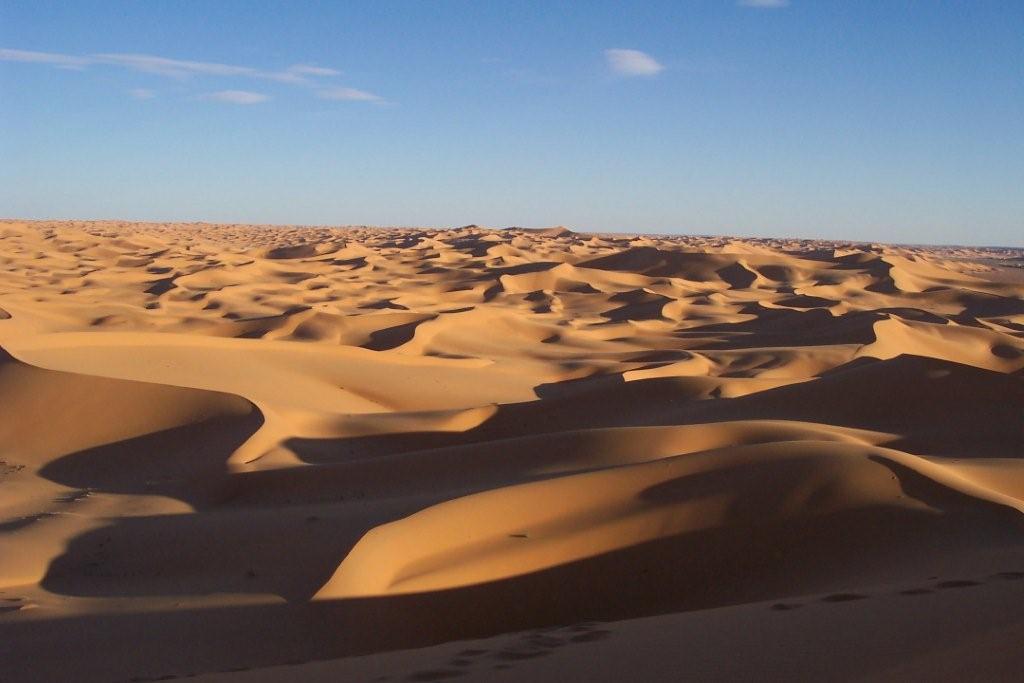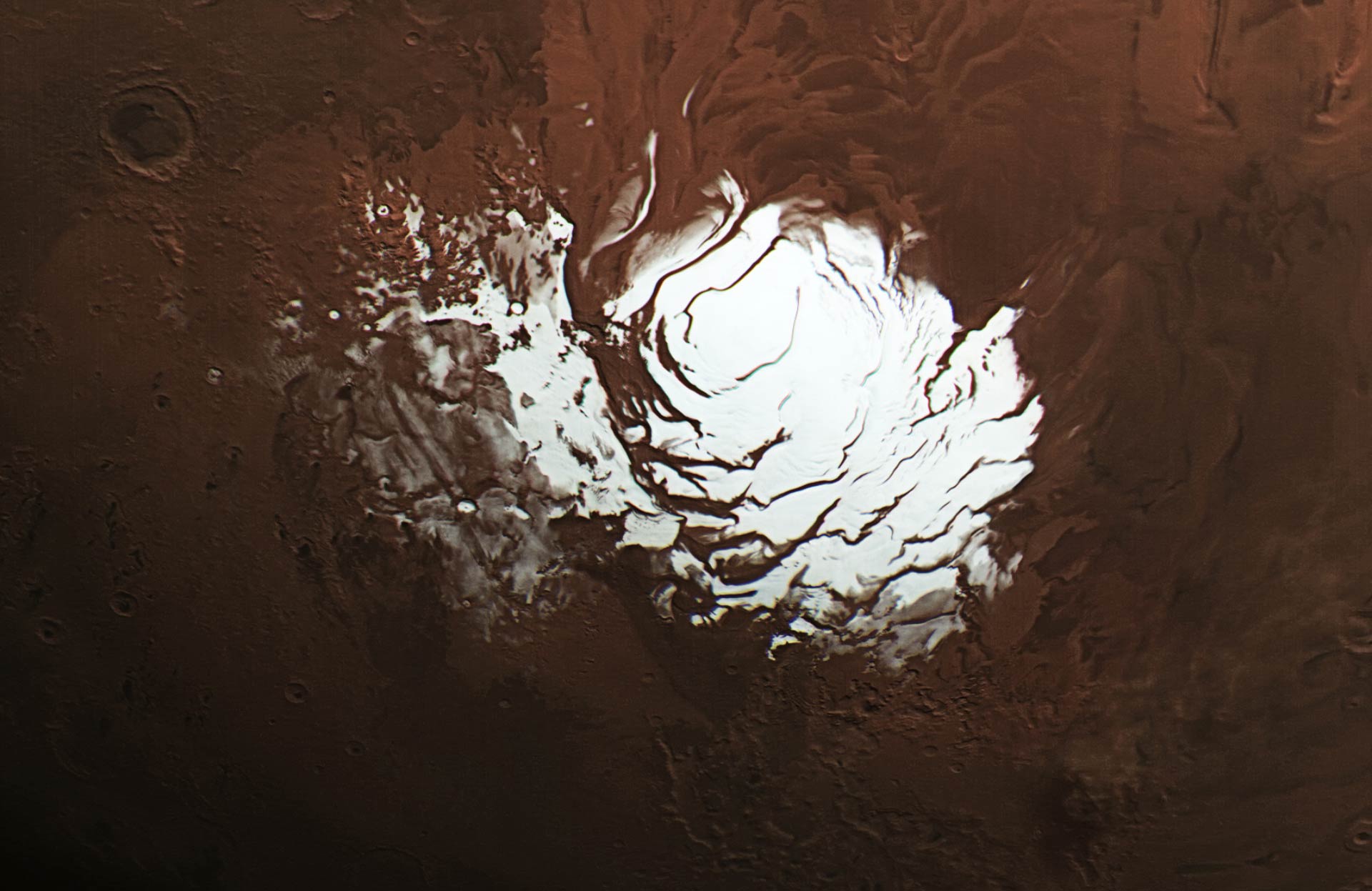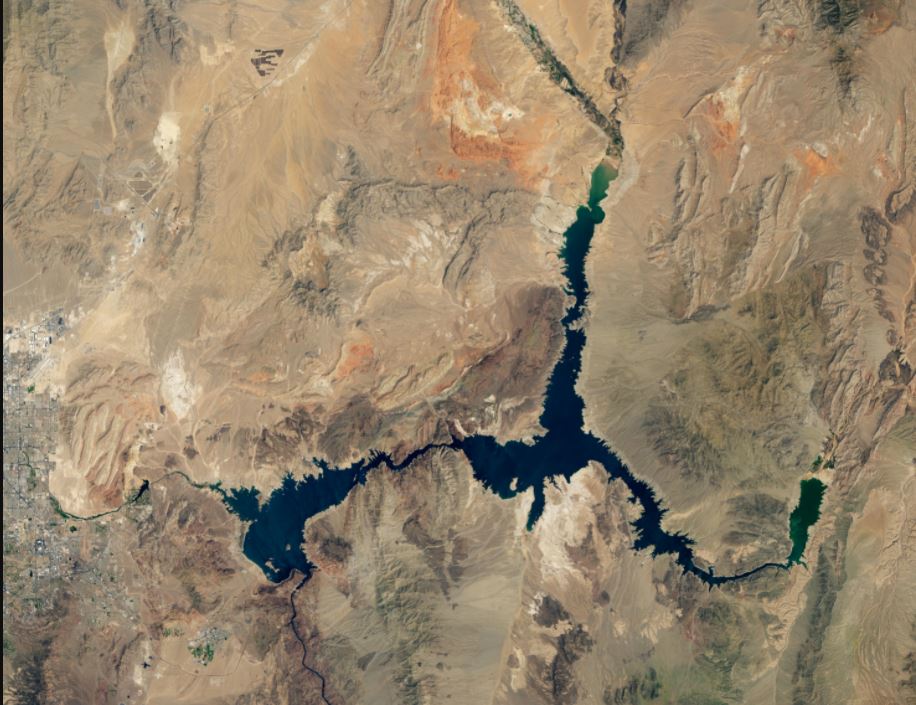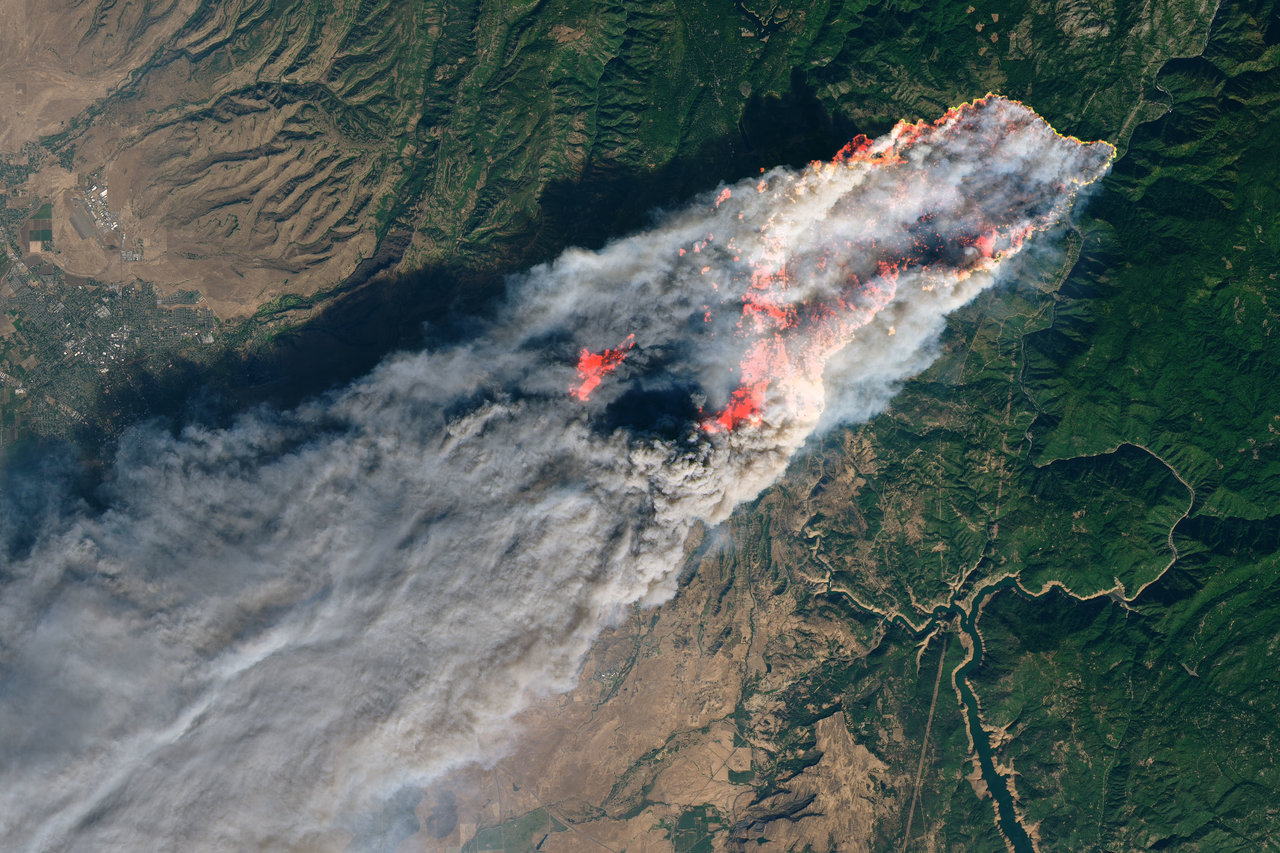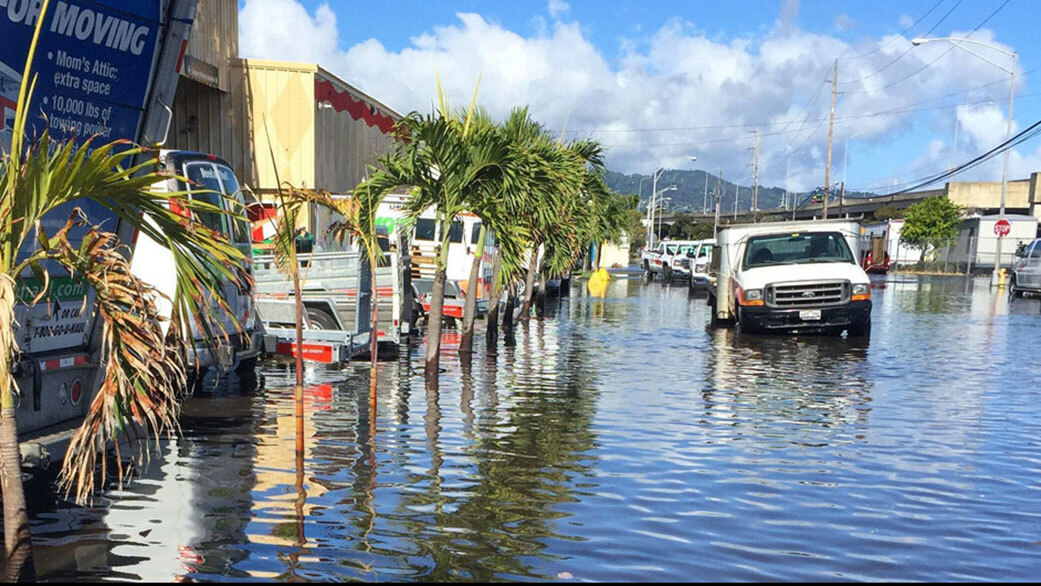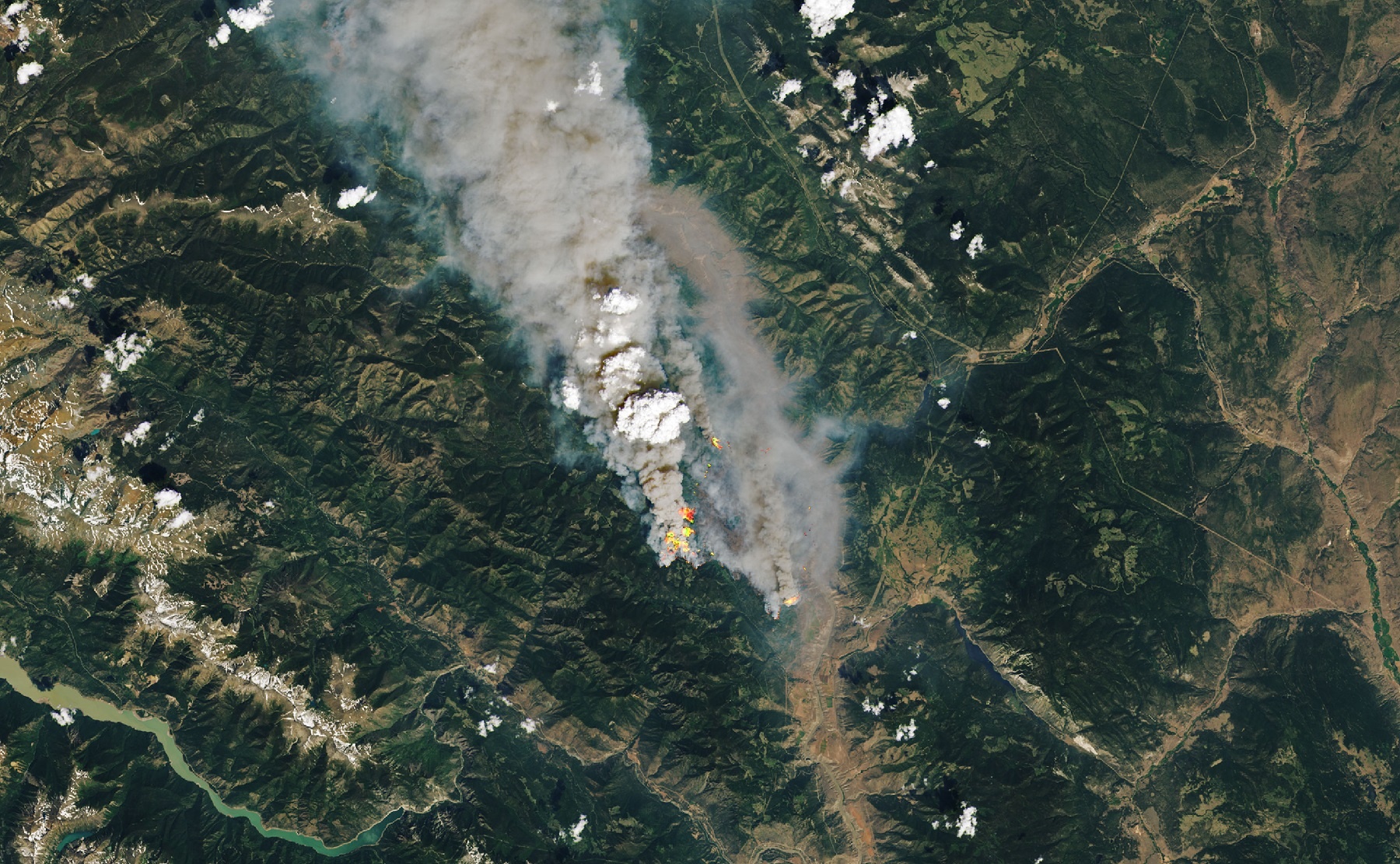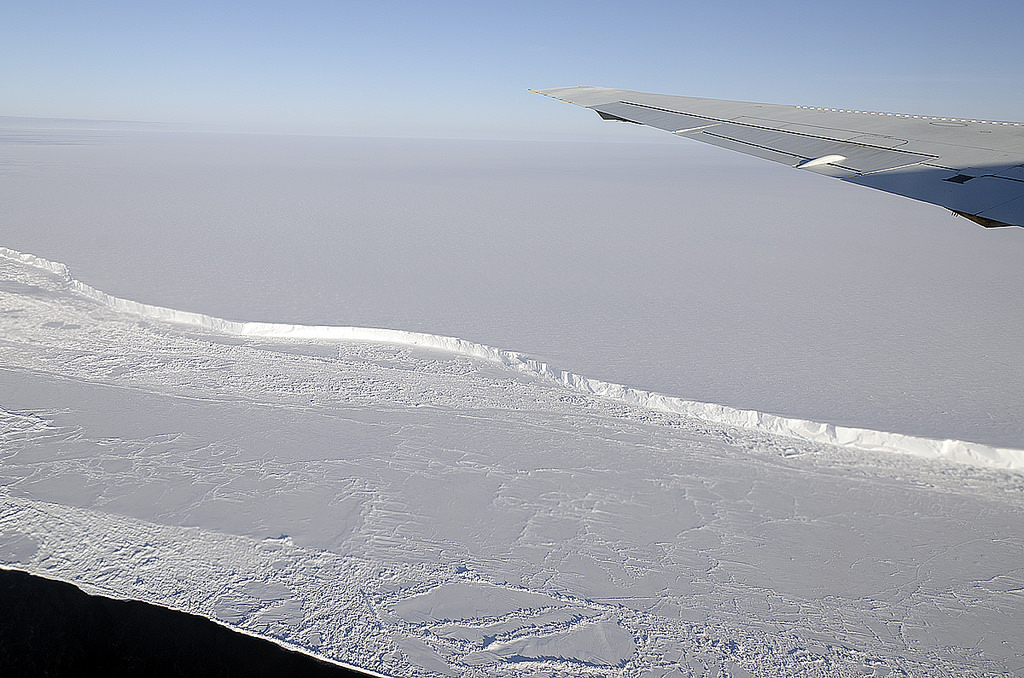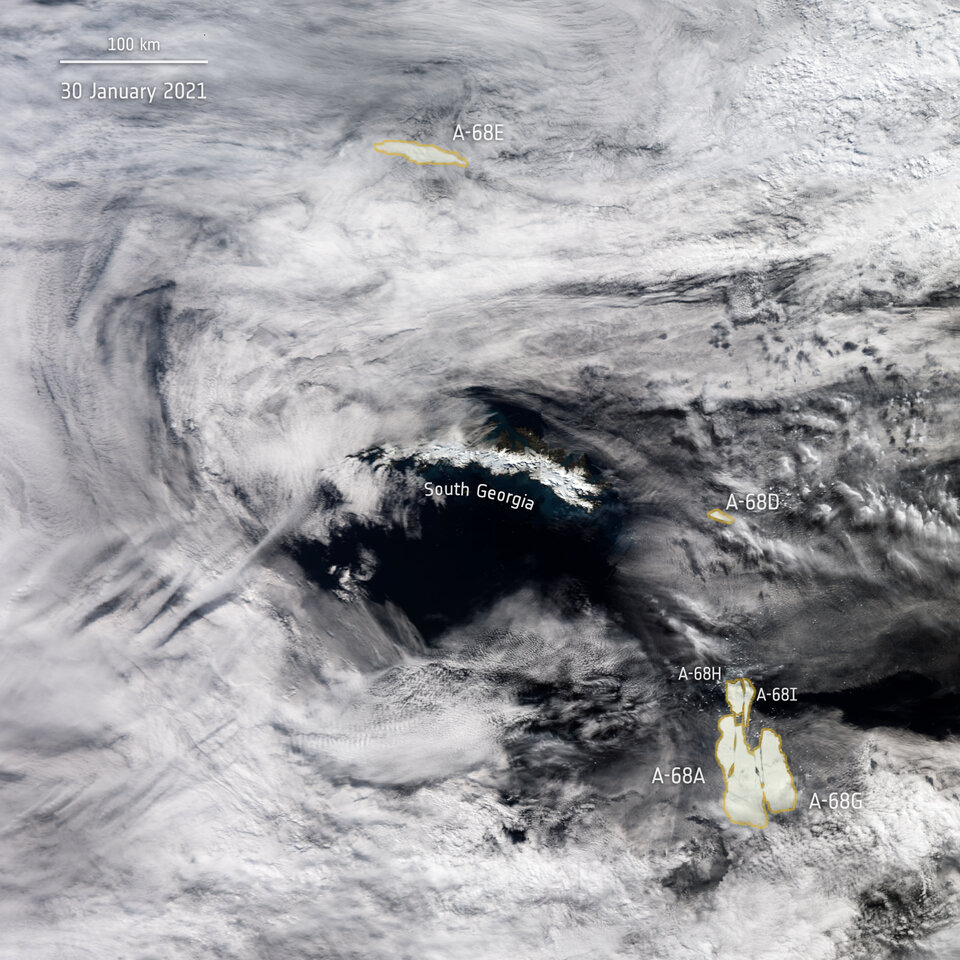Science fiction author Frank Herbert is renowned for the richly-detailed worlds he created. None of his work is more well-known than “Dune,” which took him six years to complete. Like his other work, Dune is full of detail, including the description of planet Dune, or as the Fremen call it, Arrakis.
Dune is an unforgiving desert world that suffers powerful dust storms and has no rainfall. Scientists who specialize in modelling climates set out to see how realistic Dune is compared to exoplanets. Their conclusion?
Frank Herbert did a great job, considering he created Dune in the 1960s.
Continue reading “Scientists Simulate the Climate of Arrakis. It Turns Out Dune is a Pretty Realistic Exoplanet”
